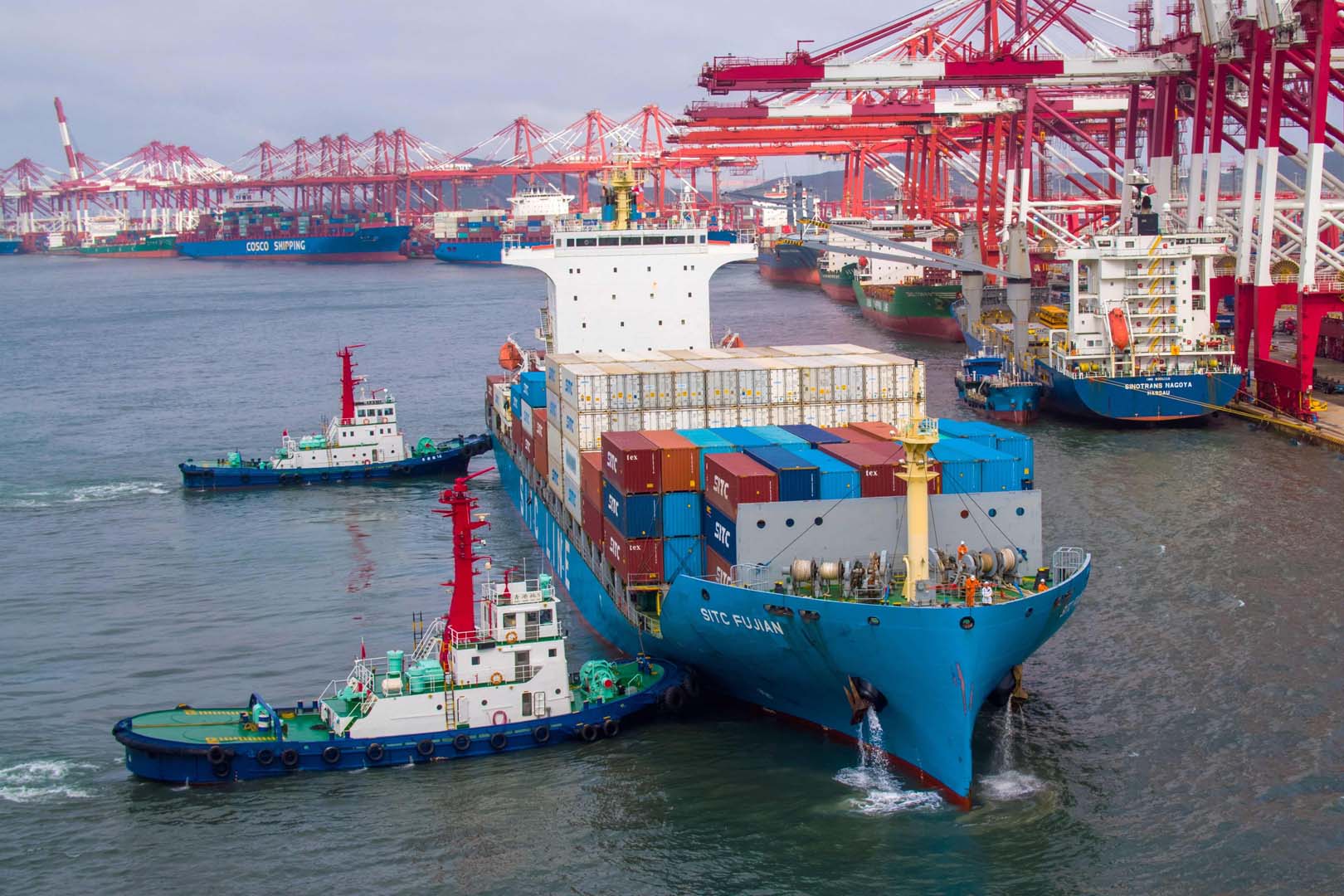Trade finance needs collaboration and digital standards
Lisää aiheesta
Banks and big corporates have started to digitise the processes and documents used in trade finance. Open innovation gives a competitive edge to early adopters, but it also speeds up the creation of common standards. The benefits of standardisation could be enormous.
According to the World Trade Organization (WTO), in 2018, world merchandise exports totaled US$ 19.48 trillion. This is a number with 18 zeroes.
The movement of vast amounts of merchandise and payments requires trade finance – various financial instruments that banks and corporates utilize to make trade transactions feasible.
Trade finance needs a lot of secure documents. You might think that they are fully digitalised today, but this is not the case. Trade banks still check every document manually. Many processes are based around the physicality of the written word.
“I have been in the business of digitising international trade finance for 20 years, and I can say that we have only started to scratch the surface,” says Jacob Katsman, Founder of GlobalTrade Corporation (GTC).
Katsman estimates that the penetration of digital solutions in trade finance is no more than 3-4 percent of the total market.
That’s not much, but things have started to change.
– The train has left the station. I see a big push forwards in 2-3 years, and I see innovations happening.
Web-based solutions save money
So, what is happening in the digitalisation of trade finance?
First, new technologies have arrived.
Today it is possible to link the activities and different parties with shared platforms. Easy-to-use, web-based platforms are already in use, and multi-bank solutions are available. Banks and corporations can centrally manage their trade finance operations on-cloud.
For example, GTC has developed a platform called @GlobalTrade™, where various trade finance payment instruments are managed. It allows corporates to connect with multiple financial institutions via the SWIFT Network or the Internet and consolidate all trade finance instruments.
The second accelerator is collaboration. Trade banks and their clients have started to develop new solutions together based on open innovation principles.
– Collaborative development is not mandatory, but it gives significant advantages. Functional requirements for banks and corporates can be taken into account already in the development phase.
Katsman emphasises that development must always be based on a real business case.
– We must always ask how strong is the business case and why should we change it.
Antti Niemelä, Director at OP Corporate Bank, explains why all banks and corporates should pay attention to joint development projects.
– We try to solve a problem that is common for all of us. The whole point is to get a competitive edge. If you can digitalise your routine stuff, you save much time, and you can put your efforts on something more value-adding and increase the business, Niemelä says.
Automated document checking proceeds
The very first problem to overcome in trade finance is the sheer scale of paper documents.
One of the most important documents and a payment method in trade finance is the letter of credit. In short, it is a document from the buyer’s bank guaranteeing that the buyer’s payment to the seller will be paid on time once the issuing bank receives the proof in the form of conformed documents that the exporter has shipped the goods.
Today, banks check the letters of credit and related documents manually. Sellers, buyers, and banks would all benefit if letters of credit could be moved to an electronic format.
The work has already started. For example, UK-based Traydstream Ltd is developing an automated document checking system for trade finance. Traydstream’s rule and compliance platform combines machine learning and artificial intelligence with natural language processing.
In June, Nokia and OP Corporate Bank, along with two other banks, decided to test Traydstream’s automated document checking in real life. In the trial, Traydstream’s automated performance was compared against manual checking.
Antti Niemelä says that the first results of the trial are promising.
– The test tells us that automatisation works, and it is worth to be developed further.
Jari Hänninen, Director at Nokia, tells why Nokia was eager to start the pilot.
– We had a true business case here. Ensuring that all documents presented under letters of credit are clean, i.e. without any discrepancies first time is a challenge for us and in international trade in general. We wanted to start the trial to see if automated document checking could help our banks and us.
Standards could be game-changers
Nokia has been one of the early adopters in digitising trade finance. Hänninen also urges other big companies to follow — the sooner, the better.
– We have to do something drastic to ensure that big changes will occur in the world of trade finance, and big corporates should lead the way.
Hänninen believes that web-based systems make evolution faster.
– If we must make significant internal investments or utilise heavy IT-systems’ development connected to ERPs, the progress may well become slower and more expensive. In comparison, if we can select between several external web-based solutions, it would speed up the development.
– Now, within the corporate front, we need companies who are ready to support this development and make the first investments. Then we get the learnings, and in collaboration, we can standardise end-to-end processes in trade finance, Hänninen summarises.
Also, Antti Niemelä emphasises the importance of common standards. He also says that Nordic countries are a perfect environment to start work.
– We are not able to digitalise the processes if we don’t have the standards to work on. Trade finance infrastructure is in good shape in the Nordics. We have all fundamental issues in a good place, and we can also create standards for the future. We have all the possibilities to change the trade finance together.
